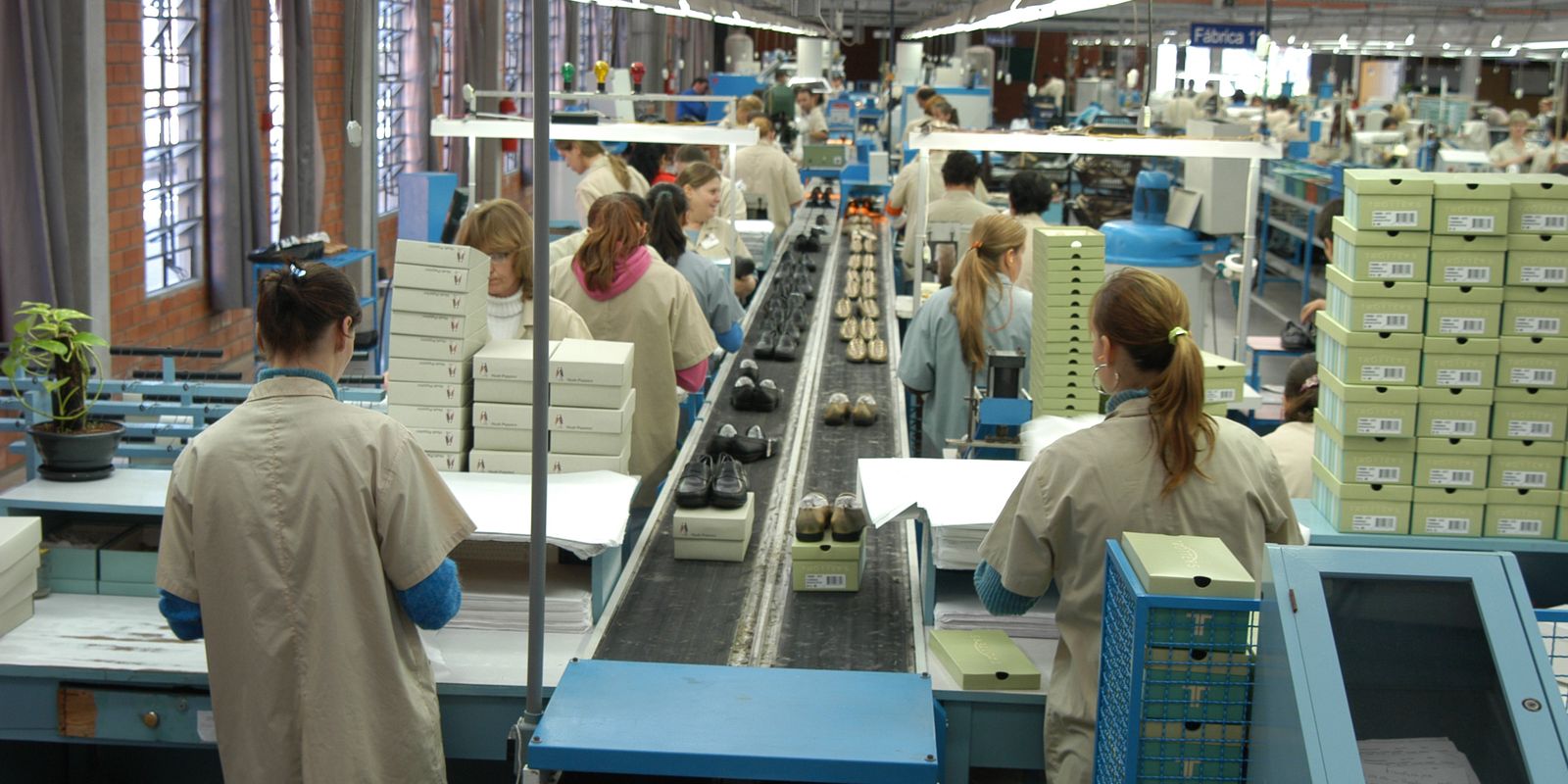The unemployment rate fell to 6.4% in the quarter from July to September 2024. The result is 0.5 percentage points (pp) lower compared to the previous period between April and June 2024, when it was 6.9% . In relation to the same moving quarter of 2023, the drop is 1.3 pp. At that time the rate was 7.7%. According to the Brazilian Institute of Geography and Statistics (IBGE), which released the data this Thursday (31), “this is the second lowest unemployment rate in the historical series of IBGE’s Continuous PNAD, which began in 2012, surpassing only the rate for the quarter ended December 2013 (6.3%)”.
The unemployed population, which is the number of people who were not working and were looking for a job, decreased to 7.0 million. According to IBGE, since the quarter ending in January 2015 this is the smallest contingent. “With significant declines in both comparisons: -7.2% in the quarter, or 541 thousand fewer people looking for work, and -15.8% compared to the same moving quarter of 2023, or 1.3 million fewer people”, concluded the IBGE in the publication text.
In the view of the coordinator of IBGE Household Surveys, Adriana Beringuy, the downward trend in unemployment results from the continuous expansion of the number of workers who are being demanded by various economic activities.
The number of workers in the country registered a new Continuous PNAD record, rising to 103.0 million. Growth in the employed population increased by 1.2% in the quarter, or 1.2 million more workers. In the annual comparison, it increased by 3.2%, the percentage is equivalent to 3.2 million more employed people.
Industry and Commerce
The survey showed that the increase in occupancy in the quarter was driven by the performance of Industry (3.2%) and Commerce (1.5%). In the quarterly comparison, these two groups of activity absorbed 709 thousand workers, 416 thousand from Industry and 291 thousand from Commerce. Another record was in the population employed in Commerce, which reached 19.6 million people. The other groups remained stable in the quarterly comparison.
According to the coordinator of IBGE Household Surveys, the third quarter points to retention or growth of employed people in most activity groups. “In particular, the industry registered an increase in formal employment. In commerce, although the formal employment contract has also increased, the predominant growth was through unregistered employment”, he informed.
Still in the annual comparison, the groups Industry, Construction, Commerce, Transport, Information and Communication, Administration and Other Services registered growth in the number of employed people. In a different movement, accommodation and food and domestic services maintained stability. With a drop of 4.7%, only agriculture declined in its employed population.
Private and public sectors
Upon reaching 53.3 million, the number of employees in the private sector also registered a new record for the series. The increase is 2.2% in the quarter and 5.3% in the year. Another data that surpassed previous performances was the number of employees with a formal employment contract which reached 39.0 million and without a employment contract reached 14.3 million. “Regular employment in this sector grew by 1.5% (582 thousand more people) in the quarter and 4.3% (1.6 million more people) in the year, while the number of unregistered employees grew, respectively, by 3. 9% (540 thousand more people) and 8.1% (1.1 million more people) in the same comparisons”, pointed out the IBGE.
Public sector
With a total of 12.8 million, public sector employees broke a record, a number that remained stable in the quarter and with growth of 4.6%, or 568 thousand more people, in the year. “This increase continues to be driven by the group of employees without a formal contract, which grew 4.2% in the quarter and 9.1% in the year. The group of military and statutory servants remained stable in both comparisons”, indicated the IBGE.
Performance
In the quarter ending in August, the average real income of employed people was R$3,227. The value, according to IBGE, did not show “statistically significant variation compared to the previous moving quarter”. In comparison with the same moving quarter of 2023, it showed an increase of 3.7%.
The mass of income, which is the sum of the wages of all workers, reached R$327.7 billion. This result remains stable in the quarter and grows 7.2% in the annual comparison.
Continuous PNAD
According to IBGE, the survey is the main one that analyzes the country’s workforce. The sample covers 211 thousand households, spread across 3,500 municipalities visited each quarter. Around 2,000 interviewers work on the survey, integrated into the collection network of more than 500 IBGE agencies.
Due to the Covid-19 pandemic, IBGE adopted the collection of survey information by telephone from March 17, 2020, but in July 2021, it was collected in person. “It is possible to confirm the identity of the interviewer in website Responding to the IBGE or via the Call Center (0800 721 8181), checking the interviewer’s registration number, ID or CPF, data that may be requested by the informant”, suggested the IBGE.

















